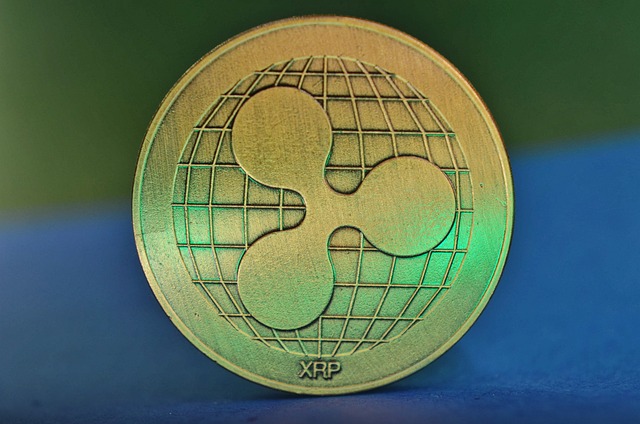This article provides an overview of XRP and its role in the future of cross-border payments. With the increasing demand for faster, cheaper, and more secure payment systems, XRP has emerged as a promising solution. In this article, we will delve into the world of XRP, explore its key features, benefits, and potential applications, and examine how it can shape the future of cross-border payments.
XRP is a digital asset created by Ripple Labs, a San Francisco-based company founded in 2006. The technology aims to provide fast, secure, and low-cost international payments for banks and other financial institutions. XRP serves as a bridge between different currencies, enabling fast and cheap transactions across borders. This has significant implications for the global economy, as it can help reduce transaction costs, increase efficiency, and promote economic growth.
One of the key features of XRP is its ability to process transactions in real-time, regardless of the location or time zone. This makes it an attractive option for cross-border payments, which are often plagued by delays, high fees, and exchange rate volatility. Additionally, XRP’s consensus algorithm ensures that transactions are secure, transparent, and tamper-proof.
Another significant advantage of XRP is its low transaction costs. Traditional cross-border payment systems can charge high fees, ranging from 1-5% of the transaction value. In contrast, XRP charges a fraction of a cent per transaction, making it an attractive option for businesses and individuals alike.
Moreover, XRP has the potential to promote economic growth and development in emerging markets. By providing fast, cheap, and secure payment systems, XRP can help bridge the financial inclusion gap, enabling more people to access financial services and participate in the global economy.
However, there are also concerns about the use of XRP for illicit activities, such as money laundering and terrorist financing. To address these concerns, Ripple Labs has implemented robust anti-money laundering (AML) and know-your-customer (KYC) policies, ensuring that all transactions are monitored and reported to regulatory authorities.
In terms of potential applications, XRP can be used for a wide range of cross-border payments, including trade finance, payment services, and remittances. It can also be used as a hedge against currency fluctuations, providing a stable store of value for investors.
As the use of XRP expands, we can expect to see significant improvements in the efficiency, security, and cost-effectiveness of cross-border payments. This, in turn, can help promote economic growth, reduce poverty, and improve living standards worldwide.
In conclusion, XRP has emerged as a promising solution for the future of cross-border payments. Its ability to process transactions in real-time, low transaction costs, and potential to promote economic growth and development make it an attractive option for businesses and individuals alike. As the use of XRP expands, we can expect to see significant improvements in the efficiency, security, and cost-effectiveness of cross-border payments.
Tags: xrp, cross border payments, future of payments, blockchain technology, financial inclusion



